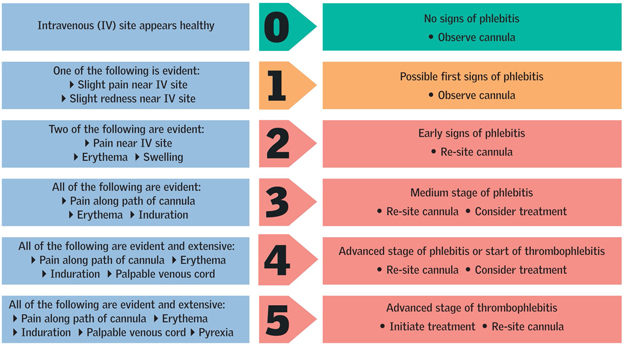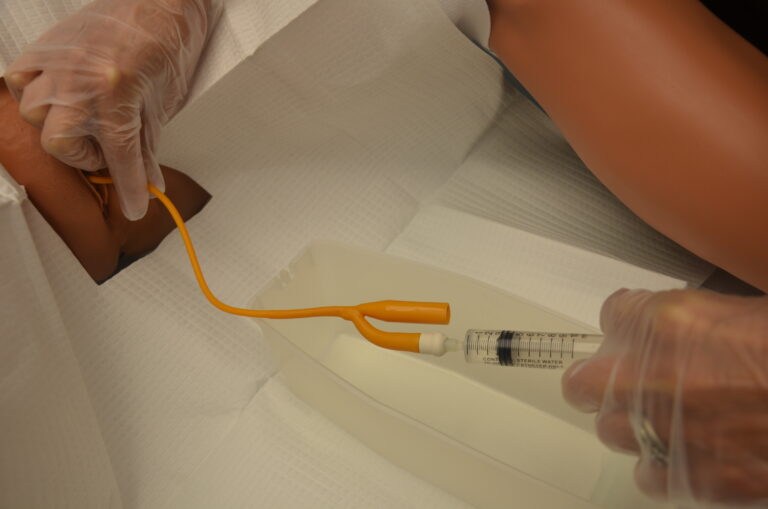Navigating the Assessment Station in the NMC OSCE
Navigating the Assessment Station in the NMC OSCE

The Nursing and Midwifery Council (NMC) Objective Structured Clinical Examination (OSCE) is a crucial step for nurses and midwives seeking registration in the UK. One of the key components of the OSCE is the Assessment Station, which evaluates your ability to conduct a thorough and accurate patient assessment.
What is the Assessment Station?
The Assessment Station is part of the APIE (Assessment, Planning, Implementation, and Evaluation) framework used in the OSCE. This station focuses on your ability to gather comprehensive information about a patient’s condition, which is essential for developing an effective care plan
Key Objectives of the Assessment Station
- Patient Interaction: Demonstrate effective communication skills by introducing yourself, explaining the procedure, and obtaining consent.
- Data Collection: Gather relevant information through patient history, physical examination, and observation.
- Documentation: Accurately record your findings in the appropriate format, ensuring all necessary details are included
Steps to Success in the Assessment Station
- Preparation: Familiarize yourself with common assessment tools and techniques. Practice using these tools to build confidence and proficiency.
- Communication: Engage with the patient using open-ended questions to gather detailed information. Listen actively and show empathy to build rapport.
- Systematic Approach: Follow a structured method for assessment, such as head-to-toe or systems-based examination. This ensures you cover all necessary areas without missing critical information.
- Observation: Pay attention to non-verbal cues and physical signs that may indicate underlying issues. Document these observations accurately.
- Time Management: Be mindful of the time limit for the station. Prioritize tasks to ensure you complete the assessment within the allotted time
Common Challenges and Tips
- Nervousness: Practice mock assessments to build confidence. Remember to breathe and stay calm during the actual exam.
- Time Constraints: Develop a routine for assessments to improve efficiency. Focus on key areas and avoid getting bogged down in details.
- Documentation: Ensure your notes are clear, concise, and legible. Use standard abbreviations and formats to save time
Conclusion
The Assessment Station in the NMC OSCE is a vital component that tests your ability to conduct a thorough patient assessment. By preparing adequately, practicing your skills, and maintaining a systematic approach, you can navigate this station successfully. Remember, effective communication and accurate documentation are key to demonstrating your competence as a nurse or midwife.






